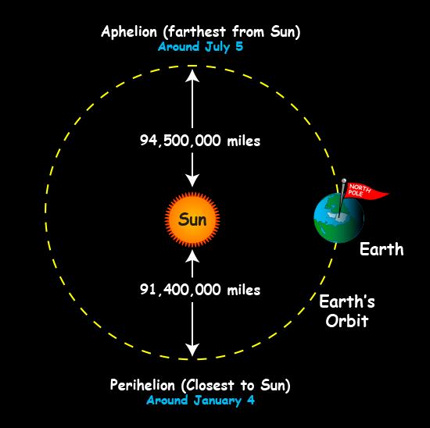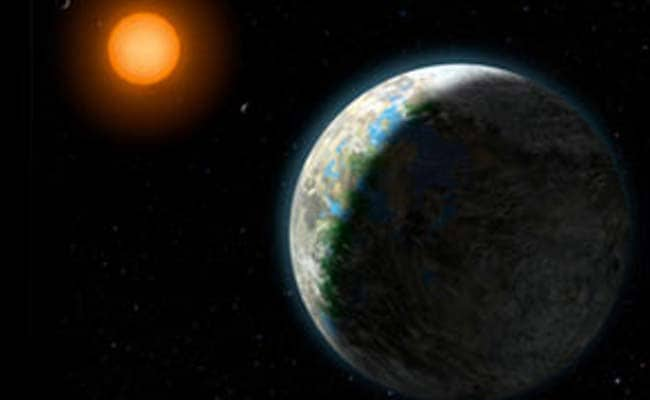The Aphelion phenomenon, a yearly climatic change, brings about colder weather. It has begun today, July 12 and will last till August 22, 2022.
The Earth is farthest from the Sun (aphelion) roughly two weeks after the June Solstice, and the earth is closest to the Sun (perihelion) roughly two weeks after the December Solstice.
Straightnews gathered that this year’s weather will be colder than previous years because the Earth will be far from the Sun.
The distance from Earth to the Sun is 5 light minutes or 90,000,000 km. The aphelion phenomenon is 152,000,000 km. 66% further.
Read also: Death Toll Rises To 26 As Earthquake Jolts Turkey, Greece
In Nigeria and indeed in Akwa Ibom State, many people have complained of colder weather resulting in some closing windows and doors their while others put heavy clothes.
As Britannica explains, an object’s aphelion is the point in its orbit around the sun when it is furthest away from the sun. This happens because these orbits are not perfectly circular.
As a result, Earth is sometimes closer, and sometimes further away from the sun. The closest point is known as the Earth’s perihelion.
So, the southern hemisphere won’t be experiencing “cold weather more than the previous cold weather” as it enters winter.
The dates of perihelion and aphelion change slightly every year, but they often fall in January and July respectively. The US Navy has noted that in 2022 perihelion occurred on 4 January and aphelion will take place on 4 July.
The Earth is roughly 150 million kilometres from the sun, according to the US National Aeronautics and Space Administration, or Nasa.
This is approximately the distance that light can travel through a vacuum in eight minutes, or eight “light minutes.”
An increase from 90 million to 152 million kilometres would be an increase of around 69%. But the actual difference between the earth’s aphelion and perihelion distances from the sun, the difference between 152.1 million and 147.3 million kilometres, is only an increase of around 3.3%.
Earth passes through several important points in its orbit. Its two solstices are the points at which one hemisphere experiences its longest day and shortest night, and the other the opposite. The equinoxes are the points when the lengths of day and night are equal everywhere on Earth.
Because aphelion occurs during the southern hemisphere’s winter, the Earth has further to travel between that hemisphere’s winter solstice and the spring equinox. This means that aphelion causes winter to last longer than summer in the southern hemisphere.
And the opposite is true in the northern hemisphere, where summer lasts longer than winter – approximately 92 days compared to 89.

But this does not mean that winters are colder in the southern hemisphere.
Having more large land masses and less water causes the northern hemisphere to experience both warmer summers and colder winters. These are factors which influence weather patterns – not the Earth’s furthest distance from the sun.
History
The word was derived fromFrench apogée or directly from Latin apogaeum, from Greek apogaion (diastema) “(distance) away from the earth,” from. Figurative sense “climax, culmination” is from 1640s.
Johannes Kepler introduced Aphelion and Perihelion in his Mysterium Cosmographicum of 1596. Aphelion is the point of the Earth’s orbit that is farthest away from the Sun. Perihelion is the point of the Earth’s orbit that is nearest to the Sun.
Remedy to Aphelion
The world indeed Nigeria has started to experience colder weather more than the previous cold weather, which will have an impact on flu, cough, and shortness of breath, among others.
As a remedy, humans are advised to drink or take lots of vitamins or supplements to boost their immunity.

